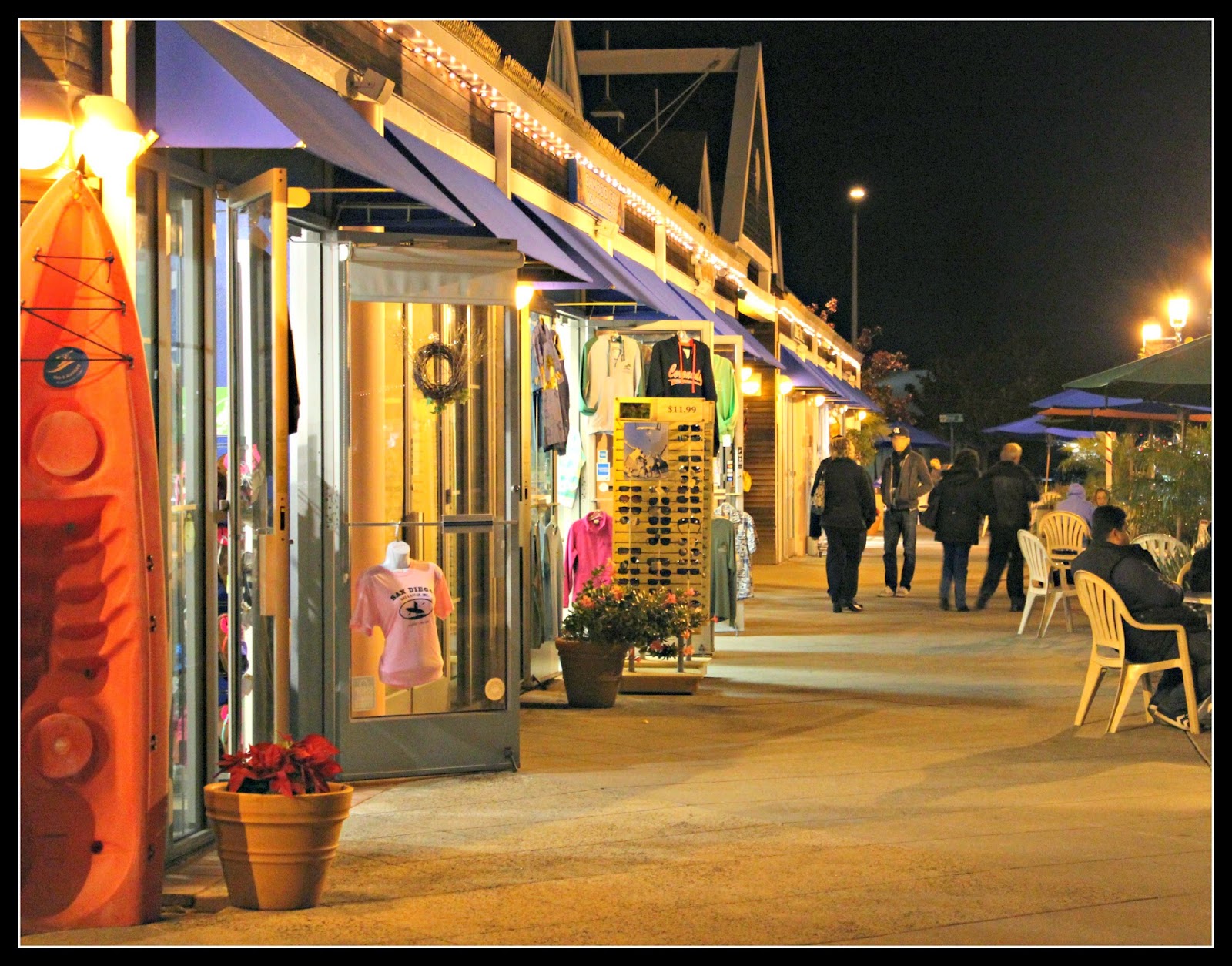Yoga was once an obscure practice that attracted bleeding
souls, hippies, and sports enthusiasts. Over time Yoga made its way into
mainstream activity as the benefits to our body and mind became apparent. Yoga
provides a strong augmentation to your current workout and affords greater
muscle recovery and healing. Incorporating an hour of yoga three times a
week into your schedule enhances other aspects of sports and fitness that lead
to higher levels of satisfaction and health.
Yoga has a positive effect on both physical and
mental health. A large study of 15 yoga studios hosting 1045 respondents found
that fitness levels were higher among those who practiced yoga with the far
majority of respondents indicating that they were in good to excellent health
(Ross, et. al. 2013). Furthermore, participants also stated that yoga improved
energy, happiness, social relationships, sleep quality, and proper weight.
Not all benefits of yoga are subjective. Another
study helps us understand that yoga improved physical function and capacity
(83%), reduced stress/anxiety (83%), enhanced sleep quality (21%), and improved
upon diet (14%) (Alexander,
2013). The secondary benefits of sleep and diet supported fitness and stress
management.
Whether
you are a sports enthusiast, interested in fitness, or seeking to unwind from a
hard day’s work you should consider the multiple benefits of incorporate yoga
into your schedule. Start with simple yoga three times a week that is more akin
to stretching and then move into more complex power yoga that uses muscles and
positions to tone the body.
Consider
the multiple benefits of practicing:
Develops Flexibility: Yoga encourages muscle flexibility that
improves upon recover and reduces the likelihood of future injury. Stretching
muscles in the recovery of weightlifting routines improves range of motion.
Improves Muscle Tone: By holding ones body weight in
varying positions both primary and secondary muscles are engaged leading to
full body development.
Even Muscle Development: Yoga engages secondary muscles that
are traditionally ignored in fitness programs. These muscles are used to create
power and balance beyond large muscle development.
Encourages Balance: By developing secondary muscles and
placing oneself within yoga postures it is possible to improve overall balance.
Develops Coordination: Yoga requires complex movements
that use multiple positions, balance and muscles while training the body to complete actions in coordination.
Promotes Stress Reduction: Yoga makes use of contraction/relaxation
of muscles and combines this with breathing to reduce the tightening symptoms
of stress.
Alexander, et. al. (2013). “More than I expected”:
perceived benefits of yoga practice among older adults at risk for cardiovascular
disease. Complementary Therapies in
Medicine, 21 (1).
Ross, et. al. (2013). National survey of yoga
practitioners: mental and physical health benefits. Complementary Therapies in Medicine, 21 (4).


